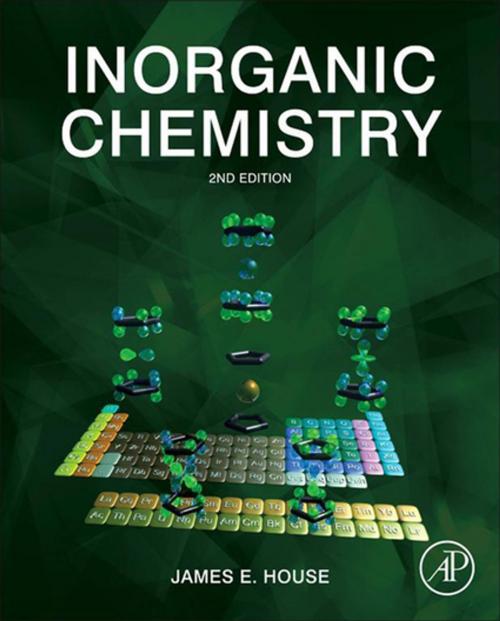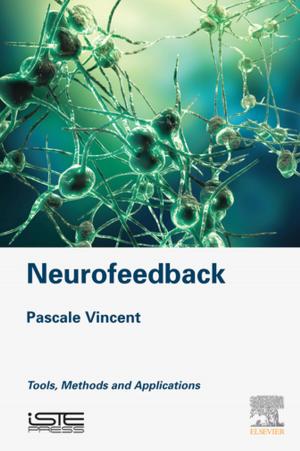Inorganic Chemistry
Nonfiction, Science & Nature, Science, Chemistry, Analytic, Technology, Material Science| Author: | James House | ISBN: | 9780123851116 |
| Publisher: | Elsevier Science | Publication: | December 31, 2012 |
| Imprint: | Academic Press | Language: | English |
| Author: | James House |
| ISBN: | 9780123851116 |
| Publisher: | Elsevier Science |
| Publication: | December 31, 2012 |
| Imprint: | Academic Press |
| Language: | English |
This textbook provides essential information for students of inorganic chemistry or for chemists pursuing self-study. The presentation of topics is made with an effort to be clear and concise so that the book is portable and user friendly. Inorganic Chemistry 2E is divided into five major themes (structure, condensed phases, solution chemistry, main group and coordination compounds) with several chapters in each. There is a logical progression from atomic structure to molecular structure to properties of substances based on molecular structures, to behavior of solids, etc. The author emphasizes fundamental principles-including molecular structure, acid-base chemistry, coordination chemistry, ligand field theory, and solid state chemistry -and presents topics in a clear, concise manner. There is a reinforcement of basic principles throughout the book. For example, the hard-soft interaction principle is used to explain hydrogen bond strengths, strengths of acids and bases, stability of coordination compounds, etc. The book contains a balance of topics in theoretical and descriptive chemistry.
New to this Edition:
- New and improved illustrations including symmetry and 3D molecular orbital representations
- Expanded coverage of spectroscopy, instrumental techniques, organometallic and bio-inorganic chemistry
- More in-text worked-out examples to encourage active learning and to prepare students for their exams
• Concise coverage maximizes student understanding and minimizes the inclusion of details students are unlikely to use.
• Discussion of elements begins with survey chapters focused on the main groups, while later chapters cover the elements in greater detail.
• Each chapter opens with narrative introductions and includes figures, tables, and end-of-chapter problem sets.
This textbook provides essential information for students of inorganic chemistry or for chemists pursuing self-study. The presentation of topics is made with an effort to be clear and concise so that the book is portable and user friendly. Inorganic Chemistry 2E is divided into five major themes (structure, condensed phases, solution chemistry, main group and coordination compounds) with several chapters in each. There is a logical progression from atomic structure to molecular structure to properties of substances based on molecular structures, to behavior of solids, etc. The author emphasizes fundamental principles-including molecular structure, acid-base chemistry, coordination chemistry, ligand field theory, and solid state chemistry -and presents topics in a clear, concise manner. There is a reinforcement of basic principles throughout the book. For example, the hard-soft interaction principle is used to explain hydrogen bond strengths, strengths of acids and bases, stability of coordination compounds, etc. The book contains a balance of topics in theoretical and descriptive chemistry.
New to this Edition:
- New and improved illustrations including symmetry and 3D molecular orbital representations
- Expanded coverage of spectroscopy, instrumental techniques, organometallic and bio-inorganic chemistry
- More in-text worked-out examples to encourage active learning and to prepare students for their exams
• Concise coverage maximizes student understanding and minimizes the inclusion of details students are unlikely to use.
• Discussion of elements begins with survey chapters focused on the main groups, while later chapters cover the elements in greater detail.
• Each chapter opens with narrative introductions and includes figures, tables, and end-of-chapter problem sets.















